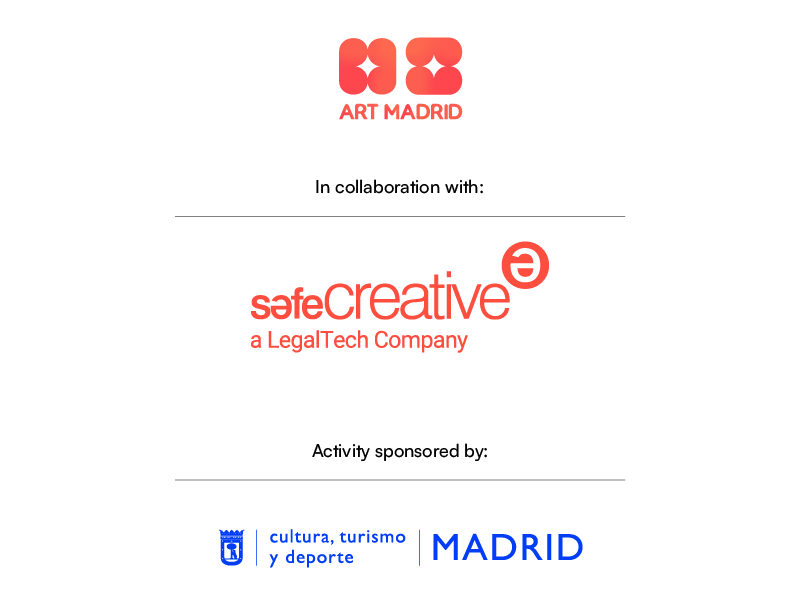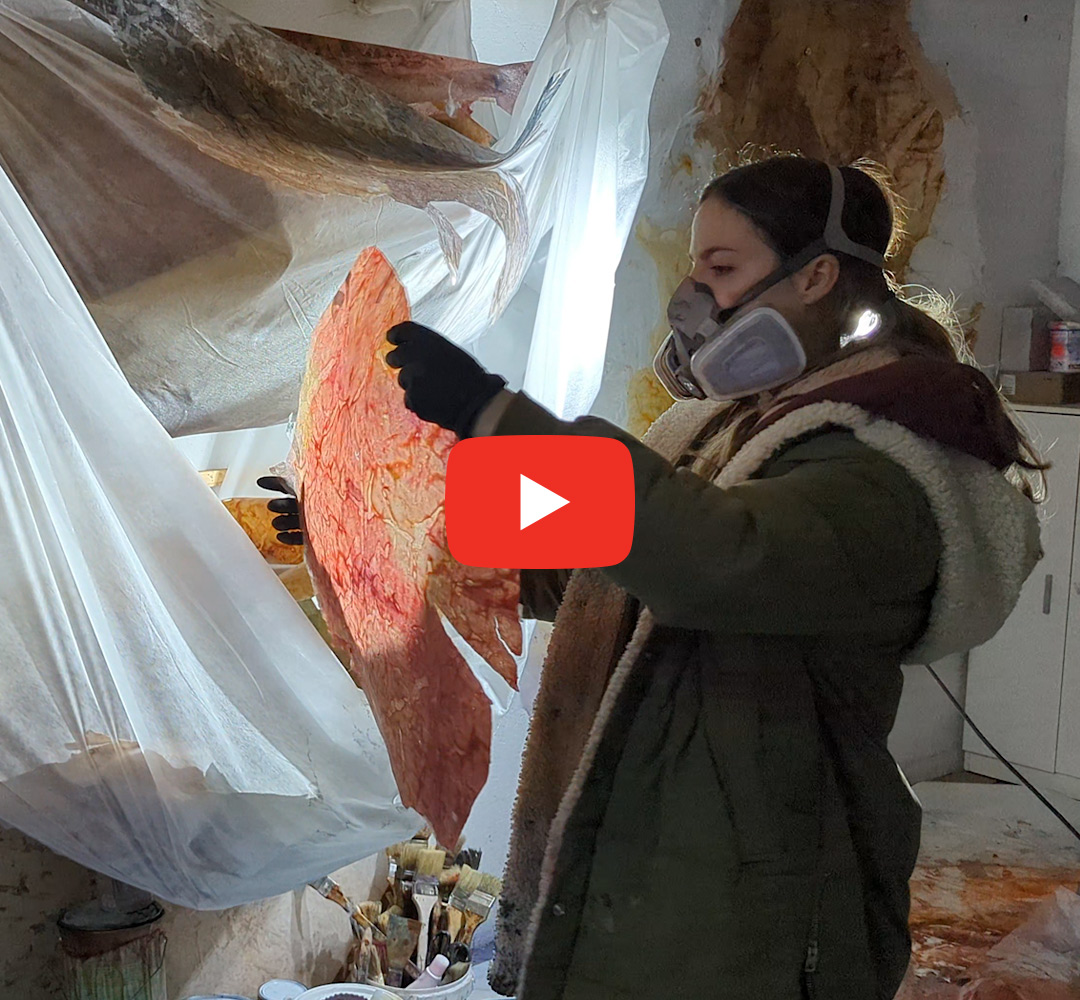PAULA BLANCO: BETWEEN PRIMUS AND ORDIRI, OTHER FORMS OF NATURE
Jan 31, 2025
art madrid
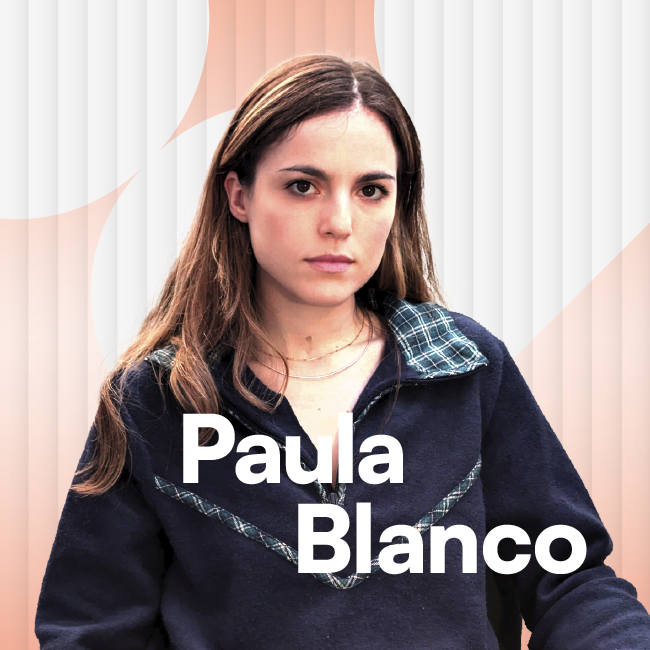
CONVERSATIONS WITH MARISOL SALANOVA. INTERVIEW PROGRAM. ART MADRID'25
Paula Blanco (Oviedo, 1996) explores the forms of nature, connecting them with science, territory, and the environment through artistic creation. The mountains, the sun, leaves, and trees serve as inspiration to create structures with clay, pigments, varnishes, and fiberglass, resembling fragments of organic creatures.
Each piece is not a finished work in itself but part of an evolving continuum, as she constantly experiments. Her sensitivity is skillfully channeled into her creations, which seem to pivot on the use of alternative techniques to traditional painting. She seeks to sublimate matter, separating the idea from the object. Her approach to abstraction is ethereal, expressing itself through landscapes and the places where raw materials originate.
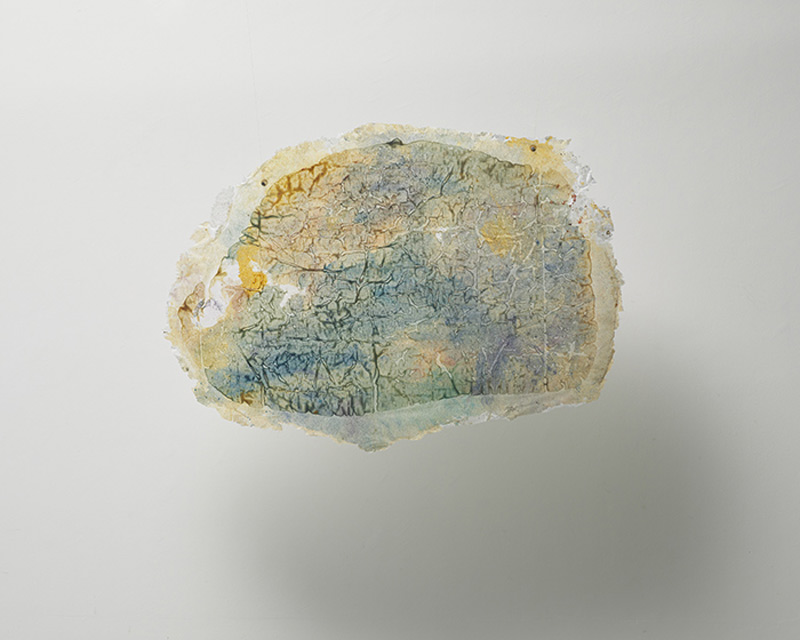
What role does experimentation play in your creative process?
Experimentation plays a central role. Initially, I wasn’t aware of its importance in my process—it just happened naturally. I would follow a narrative thread, and experimentation was my organic way of reaching what I sought. Early on, I distanced myself from the stretcher frame because I found it limiting. I needed the edges of the pieces to be part of the composition, so I used traditional materials like canvas, paper, or oil paint in unconventional ways. I adapted materials to what each work required, without adhering to traditional rules.
Everything came together after a residency in Dubai. When I returned, I felt disconnected from both the work I had created there and my earlier work. It was like a beautiful suit that no longer fit. So, I consciously decided to connect the dots between the different series of works I had done. That’s when I realized the common thread was experimentation.
What I seek—and continue to seek—is the organic. I work with abstract elements, trying to explore the language of matter and elevate it to an almost ethereal plane. My goal is to separate the language of matter to reach something primordial and essential. I understood that experimentation was the foundation of my work, the medium to reach that organic essence from different angles—always through the language of matter and lightness. For me, it’s the most direct path to that essence.
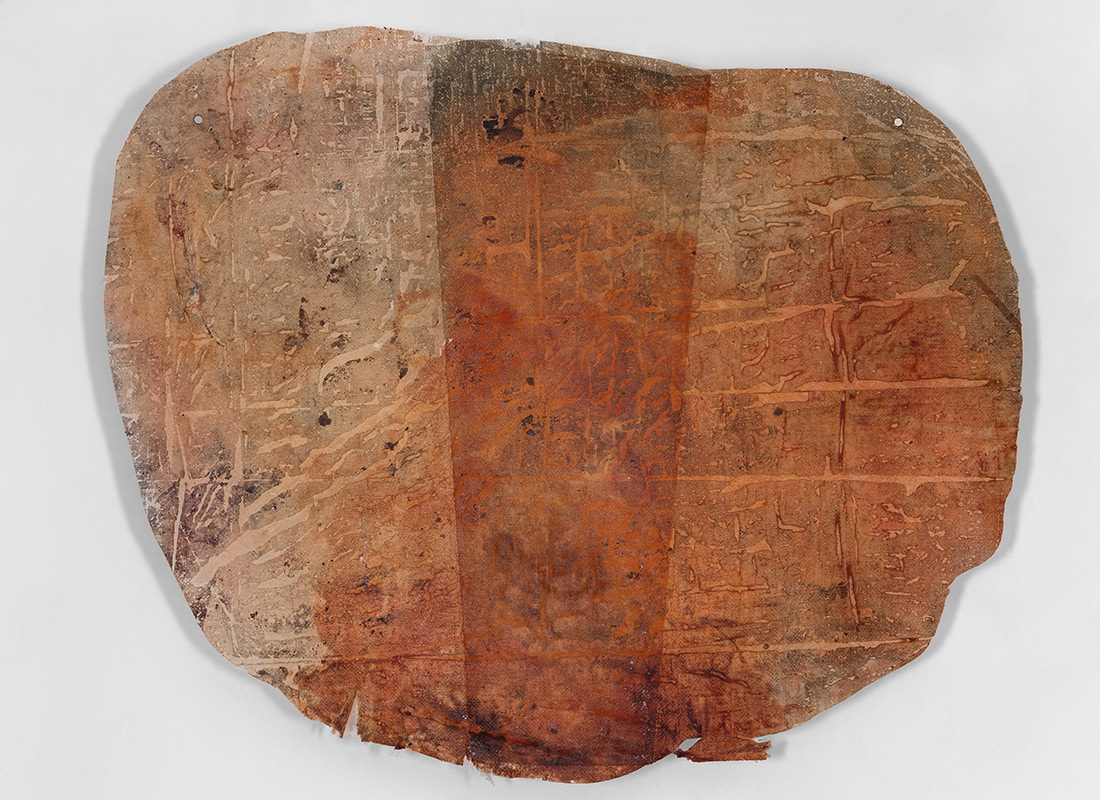
What are your references?
When I think about influences, I divide them into three groups:
The first includes artists and creators I consume daily through social media, cinema, or other forms of leisure. Even if they don’t directly relate to my work, they inevitably influence me in some way. The second group consists of my peers, my partner, and the people I share artistic perspectives with. Even if we work on different things, there’s a network of support and mutual inspiration. We recommend materials to each other, share ideas... It’s a more indirect influence but equally significant. Love you, friends.
Finally, there are the core influences: the artists who have marked turning points in my journey. For example, when I started painting, I was fascinated by Sorolla, especially his use of light. Although it’s not evident in my current work, that interest in light remains a crucial part of my language.
Then came Francis Bacon, with his approach to the visceral and the organic in open spaces. I was deeply affected by his ability to compose with central organic masses. Later, I discovered Berlinde De Bruyckere, whose wax sculptures replicate skins full of incredible transparencies and glazes. Her extensive material research to achieve her desired results inspired me to think, There must be a way to express myself, too. A professor once told me that the moments when you’re not painting are just as important as when you are, and he was absolutely right. At that time, Berlinde De Bruyckere inspired me to say, Maybe I shouldn’t be producing right now—just experimenting and taking it slow. Sometimes in art, you want everything now, now, now, but it’s more worthwhile—and productive—to pause and avoid obsessing over production for a while until you find that something you truly want to achieve, instead of struggling with the canvas.
Finally, Nolde was an unexpected discovery. I had never been particularly interested in watercolor or his use of color, but his expressive and free landscapes inspired me to explore color in my work. This was significant because I had always worked with muted tones, blacks, and grays. Seeing his work made me realize I could find my voice in color. Nolde opened up a new path for me, even though all the previous influences remain present in my work, albeit more subtly.
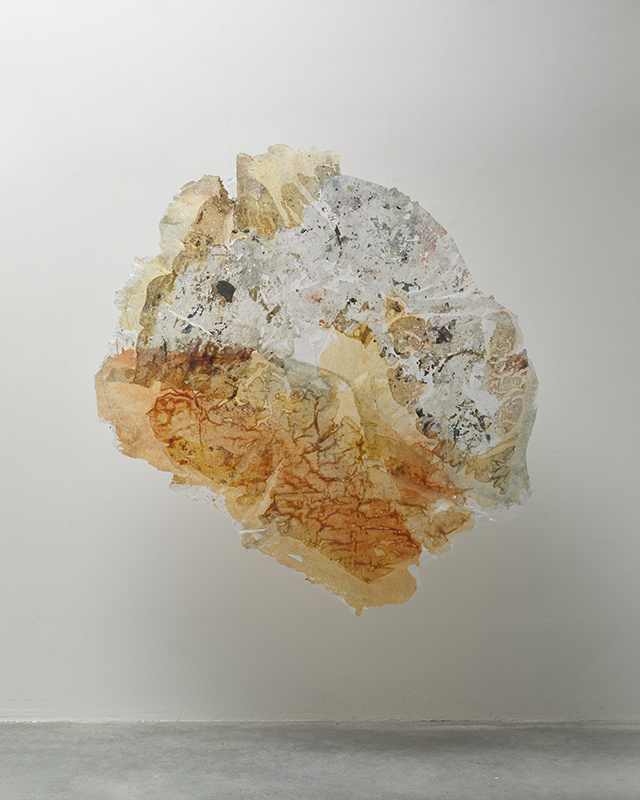
How do your roles as a cartoonist and painter interrelate?
Honestly, they barely intersect because they are very different languages. I can’t work on both simultaneously since they require completely different mental approaches. For instance, when I was working on my book Qué vergüenza haber nacido (What a Shame to Have Been Born), I was entirely immersed in the world of cartoons.
Cartoons emerged as a tool to organize my ideas about the world—a visual diary. They were incredibly helpful during my formative years, but I feel I don’t need them as much now. Nevertheless, they were fundamental to my development.
I’ve realized that these two parts of me—cartoonist and painter—are very distinct and well-separated. While they might seem to have nothing in common, I believe both are driven by a search for truth, by the need to dissect reality and reach what is true.
In painting, I focus on the organic and the primordial, while in cartoons, it’s a visceral sincerity. So, while they are two very different paths, they share the same destination. Right now, painting is my mother tongue, so to speak. It’s where I feel I can most purely achieve what I want. Cartoons have a more narrative component, helping to put things in order, whereas painting—perhaps because it’s more abstract—reaches corners that cartoons can’t.
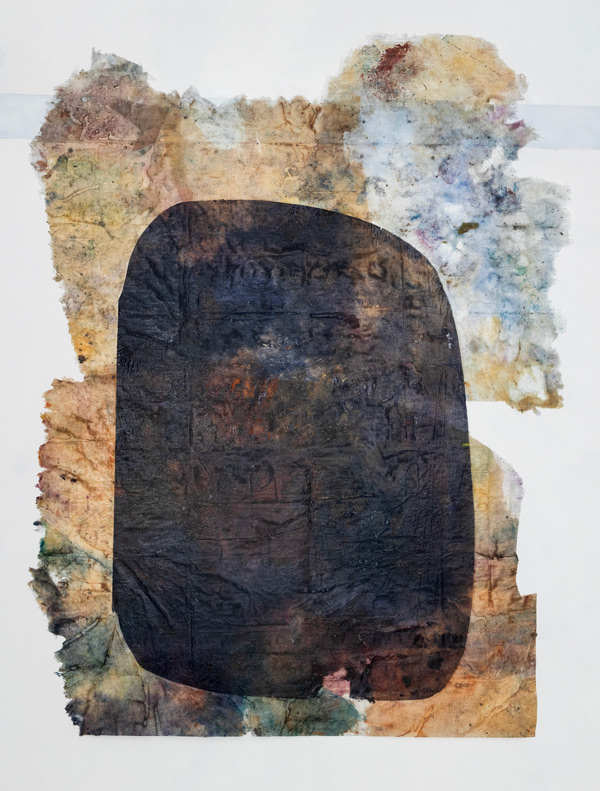
What aspect defines your artistic language?
When I work, I constantly seek a balance between chaos and intention. My technique, as I’ve mentioned, revolves around pursuing a primordial organic force. An excess of intention or human intervention could kill that organic force.
It’s about finding balance: controlled chaos. For me, it’s crucial to maintain an equilibrium between the initial idea for a piece and what happens during the process. Although I don’t work with sketches, I always need a starting point: a color, a shape—something that sparks the urge to create. You begin with an idea of what you want to achieve, but it’s vital to remain open to what the work demands as it evolves.
The balance lies between what the piece asks of you and what you initially wanted. Often, your original plan won’t work 100%. That’s why you must be receptive to the piece suggesting new forms or colors. However, it’s equally important to maintain clarity to avoid being swept away by every new idea, as you’d never finish otherwise.
It’s also about balancing the pictorial and the sculptural. Although I approach my work pictorially, it’s evident that it has an installation-like quality. The pieces are translucent, viewable from both sides, and can be hung mid-room, where the surrounding air becomes significant. Each piece needs space around it to fully reveal its form.
Ultimately, I aim to observe the painting as if it were a being, almost with its own body. The uneven contours of the pieces reinforce this concept, creating a balance between painting as an entity and painting as an object.
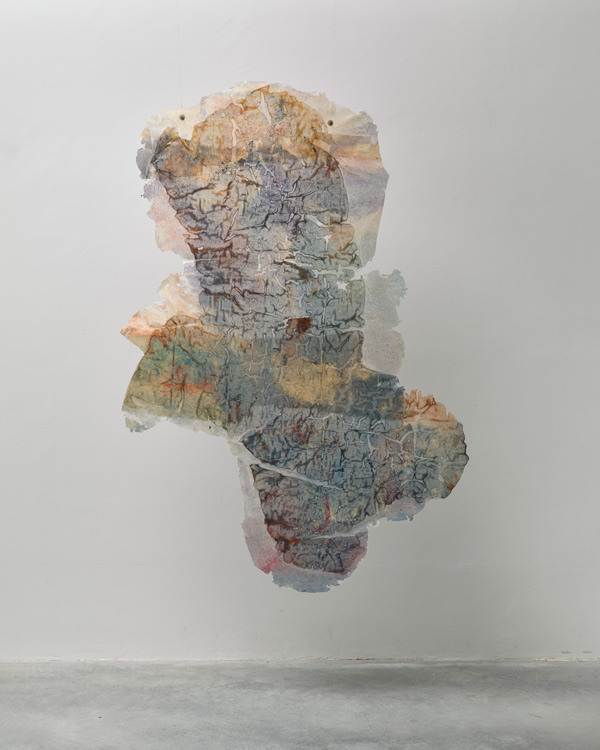
How do transparency and light influence your works?
Light plays a crucial role in arranging the pieces, especially due to their translucency. I usually hang them in two ways: either on a wall or from the ceiling.
On the wall, the pieces are mounted with magnets to avoid puncturing them—something I find essential. Their distance from the wall significantly impacts their appearance. The closer they are, the more saturated the colors appear, emphasizing their pictorial quality. The farther they are, the more their object-like quality emerges, highlighting contours, textures, and the interplay of translucent layers with light.
Suspending them from the ceiling further desaturates the colors and gives full prominence to their object-like quality. Viewed from all angles, the works reveal their seams, collaged layers, and the delicate textures of overlapping paint.
I prefer natural light for display, as it integrates the work into the space, aligning with my goal of capturing the organic and primordial. These pieces, like fragments of the world, connect with the air and light around them, reinforcing their essence.
